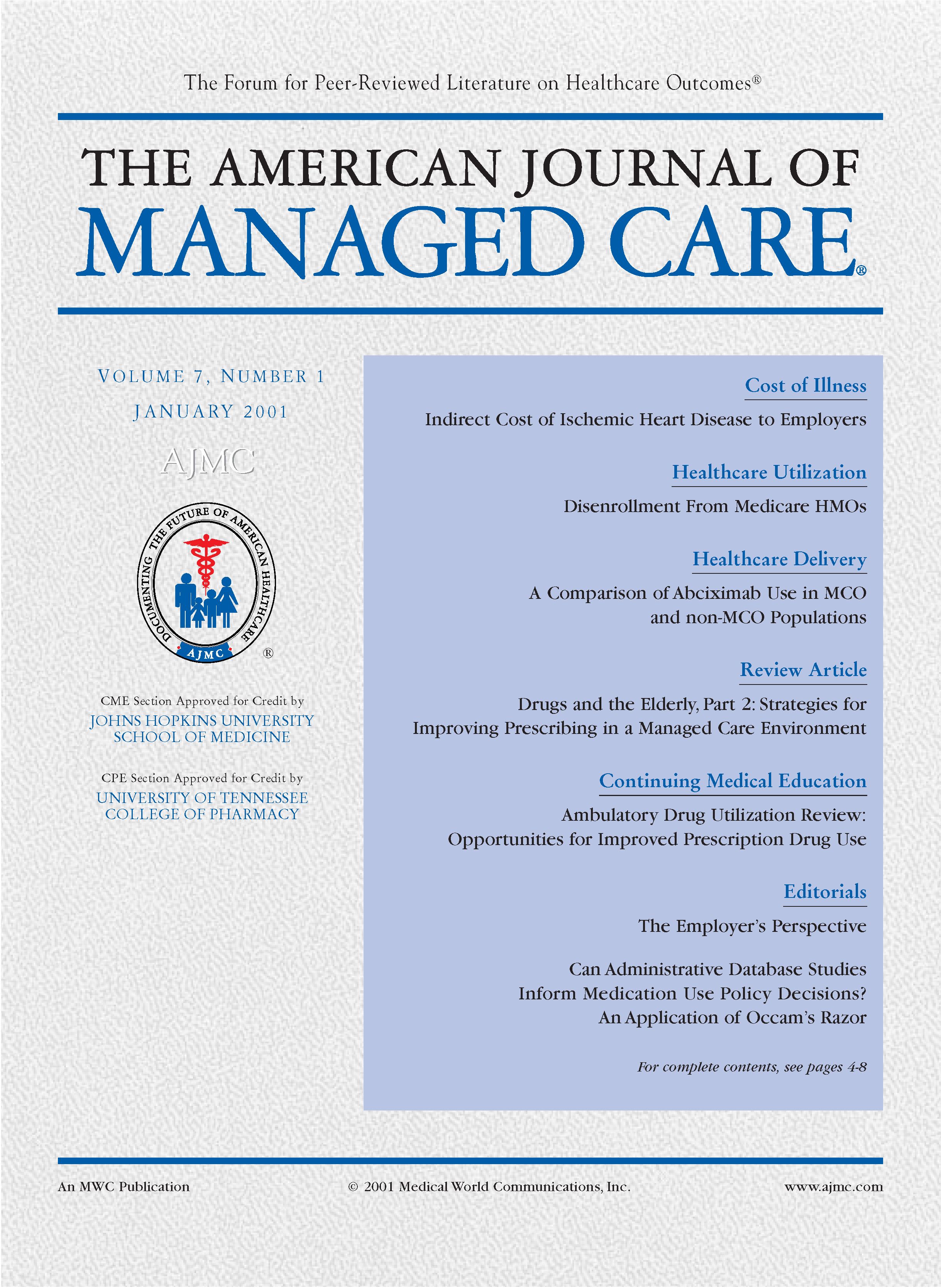- Center on Health Equity & Access
- Clinical
- Health Care Cost
- Health Care Delivery
- Insurance
- Policy
- Technology
- Value-Based Care
Is the Healthcare Workforce a Barrier to Cost Containment?
TO THE EDITOR
I am a bachelor-degreed pharmacist who does not believe that everyone filling a prescription needs a PharmD.1 In my experience, expanding PharmD programs has reduced the supply of pharmacists in a market that is experiencing a staggering demand for practitioners. This is a prescription for higher costs through higher wage demands.
When the University of Colorado School of Pharmacy switched to a PharmD program, it decreased its available enrollment from 120 students to 90. The Colorado legislature had given the university no budget increase. To spend the same amount to educate students for 4 years as it did for 3, the school was forced to reduce enrollment by 25%. In the not too distant past, insurance companies allowed up to 100 tablets to be dispensed on one prescription. When they switched to authorizing a 30-day supply, this meant many more prescriptions were dispensed. Many 100-tablet prescriptions that could have been dispensed in their original container now had to be counted with 30 tablets being dispensed.
This has lengthened the time to fill a prescription, yet customers are less patient to wait. So the retail pharmacy chains in the US are building many more stores. For example, in 2000, Walgreen’s opened a store on the average of 1 every 19 hours, and it will continue to do so throughout 2001. Yet there are only so many pharmacists in the pool. To get them Walgreen’s is paying huge salaries. A colleague recently accepted a position at Walgreen’s at a $19.00 per hour raise! Walgreen’s has been quoted as saying it would be happy if it could hire every pharmacy graduate in the 2001 class. Think of that!—none for anyone else.
If you were offered a $19.00 an hour pay raise would you accept? There are only a few of us who are willing to stay in hospitals, and we are being very tempted. There will probably be another class of pharmacists soon.
Al Lodwick, RPh, MA
St. Mary-Corwin Medical Center
Pueblo, CO
1. Montoya ID. Is the healthcare workforce a barrier to cost containment? Am J Manag Care 2000;6:971-972.

HEDIS Glycemic Goal Achieved Using Control-IQ Technology
December 22nd 2025A greater proportion of patients with type 1 diabetes who used automated insulin delivery systems vs multiple daily injections achieved the Healthcare Effectiveness Data and Information Set (HEDIS) glycemic measure.
Read More
Linking Data to Determine Risk for 30-Day Readmissions in Dementia
December 22nd 2025This study found that certain characteristics in linked electronic health record data across episodes of care can help identify patients with Alzheimer disease and related dementias at high risk of 30-day readmissions.
Read More
Performance of 2-Stage Health-Related Social Needs Screening Using Area-Level Measures
December 19th 2025Limiting health-related social needs screening to lower-income areas would reduce screening burdens; however, this study found a 2-stage screening approach based on geography to be suboptimal.
Read More
Impact of Medicaid Institution for Mental Diseases Exclusion on Serious Mental Illness Outcomes
December 17th 2025Medicaid’s Institution for Mental Diseases (IMD) rule bars federal funding for psychiatric facilities with more than 16 beds, but findings indicate that state waivers allowing treatment of serious mental illness in IMDs do not increase overall psychiatric hospitalizations.
Read More
Physician-Pharmacy Integration in Cancer Care: Pillars of Medically Integrated Pharmacy
December 16th 2025The foundation of medically integrated pharmacy includes 7 critical pillars. This commentary focuses on the benefits of 3 of those pillars: abandonment, adherence, and access/affordability.
Read More

